Use this printable resilience book to teach your students what resilience means and how it can be used as a tool in their everyday lives.
A Resilience Book for Kids
Resilience is our ability to manage and overcome disappointments and setbacks. Instead of falling down and staying down, resilient people ‘bounce back’ and keep trying. Resilient behaviours can help us to move forward and not give up when we are faced with challenges. That is why it is so important that we teach about resilience in primary school!
This printable resilience book has been designed by our experienced teacher team to teach your students what resilience means and how it can be used as a tool in their everyday lives. Written in child-friendly language with age-appropriate examples, this resource is sure to help your students understand the importance of this key life skill.
The pages of this resilience book include:
- Title page
- What is resilience?
- Words that describe resilience
- Bouncing back
- Why is resilience important?
- Showing resilience at school
- Resilience and goal-setting
- Resilience in relationships
The mini-book also contains activities to help students reflect on what they are learning. Some of the reflective prompts included are:
- Can you think of words that describe a resilient person?
- What do you think ‘bouncing back’ or being resilient looks like?
- What are some ways that being resilient can help you at school?
- What are some ways that being resilient can help you with your goals?
- Think of a time when you experienced a disappointment in a relationship. Explain what happened and how you dealt with it.
This resilience book downloads as a black-and-white PDF or editable Google Slides file. Students can keep their book on hand as a reference whenever they need a reminder of what resilience is and the ways in which they can display resilience in their lives.
Teaching Kids How to Be Resilient
This mini-book has been designed to teach your students what resilience is and how they can be more resilient in their own lives.
Some of the benefits to teaching students how to be resilient include:
- Adapting to Change – Resilience is a skill that allows students to adjust to new environments, routines and expectations. It fosters flexibility and a positive attitude toward change, preparing students for the dynamic nature of life.
- Promoting Emotional Wellbeing – Teaching students to be resilient helps them manage stress, anxiety and other emotions effectively. They learn healthy coping mechanisms and develop emotional intelligence, which contributes to a positive and balanced mental state.
- Preventing Learned Helplessness – Being resilient helps guard against learned helplessness, where students believe they have no control over their outcomes. Teaching resilience empowers students to take initiative, make choices and understand the impact of their efforts on their success.
How to Create This Resilience Book
Use the dropdown menu on the Download button above to access either the quick-print PDF or the editable Google Slides version of this resource. (Note: You will be prompted to make a copy of the Google Slides template before accessing it.)
This resource contains six A4-sized pages. Each page includes two mini-book pages (twelve pages in total). To assemble the mini-book, follow these simple steps.
- Print out the resource. Create copies as required.
- Cut each page along the dotted line.
- Compile the pages in order.
- Staple the pages along the left-side margin to create a booklet.
- Distribute to the students.
This resource was created by Lisamarie del Valle, a Teach Starter collaborator.
Resilience Resources at Your Fingertips
Looking for more activities to help your students explore the concept of resilience? We have more great teacher-created resources ready for you to download and use in your classroom today!
[resource:5040731] [resource:5039353] [resource:4757]
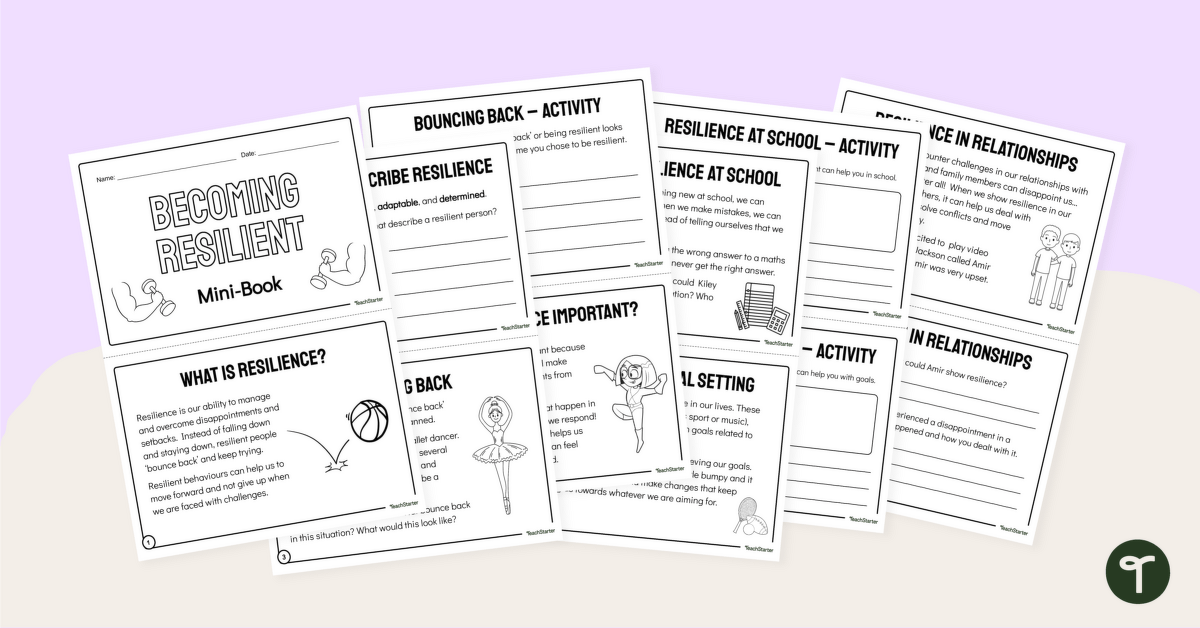

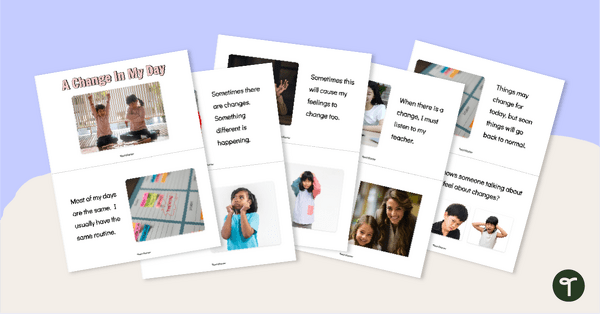
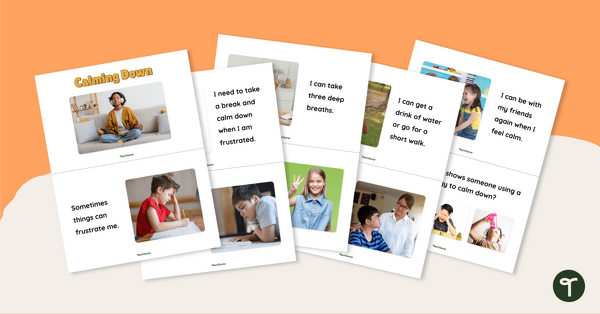
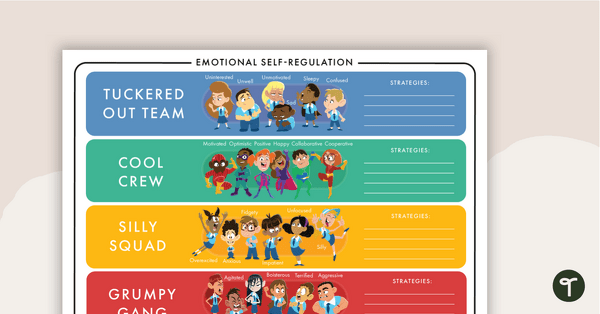
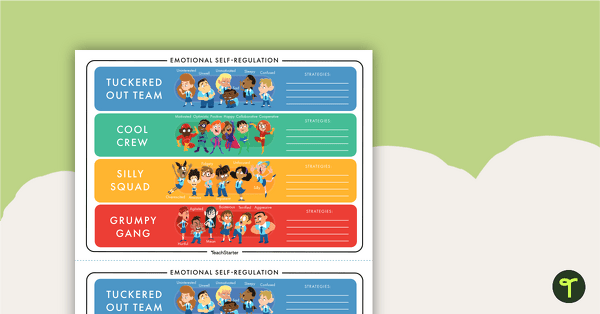
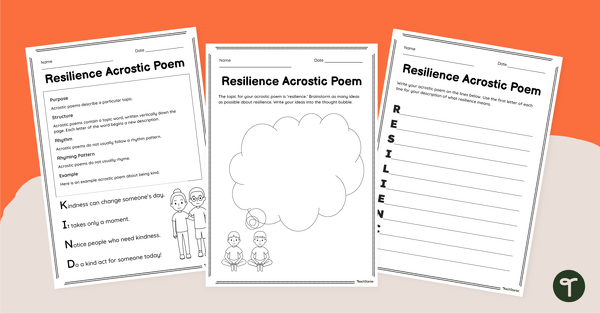
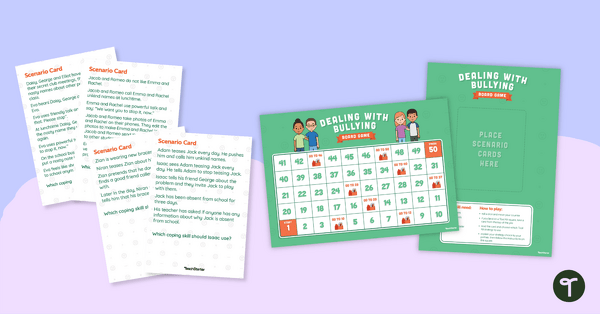
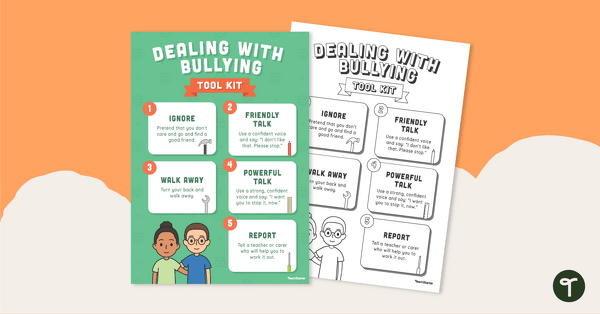
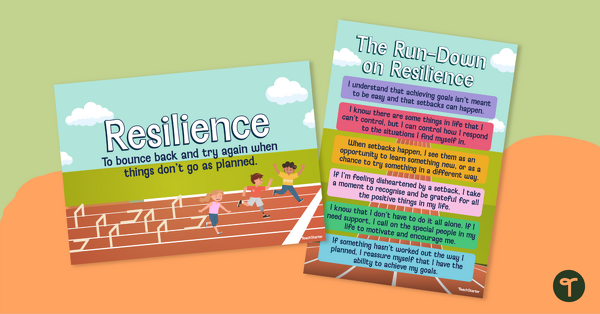
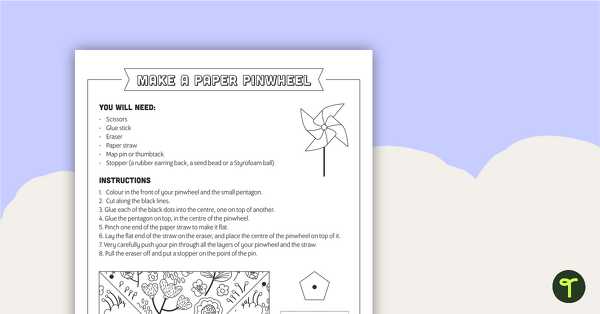
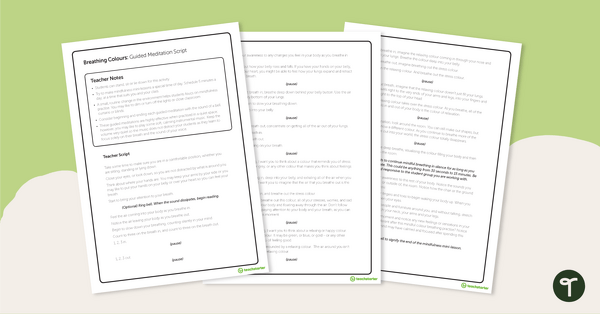
0 Comments
Write a review to help other teachers and parents like yourself. If you'd like to request a change to this resource, or report an error, select the corresponding tab above.